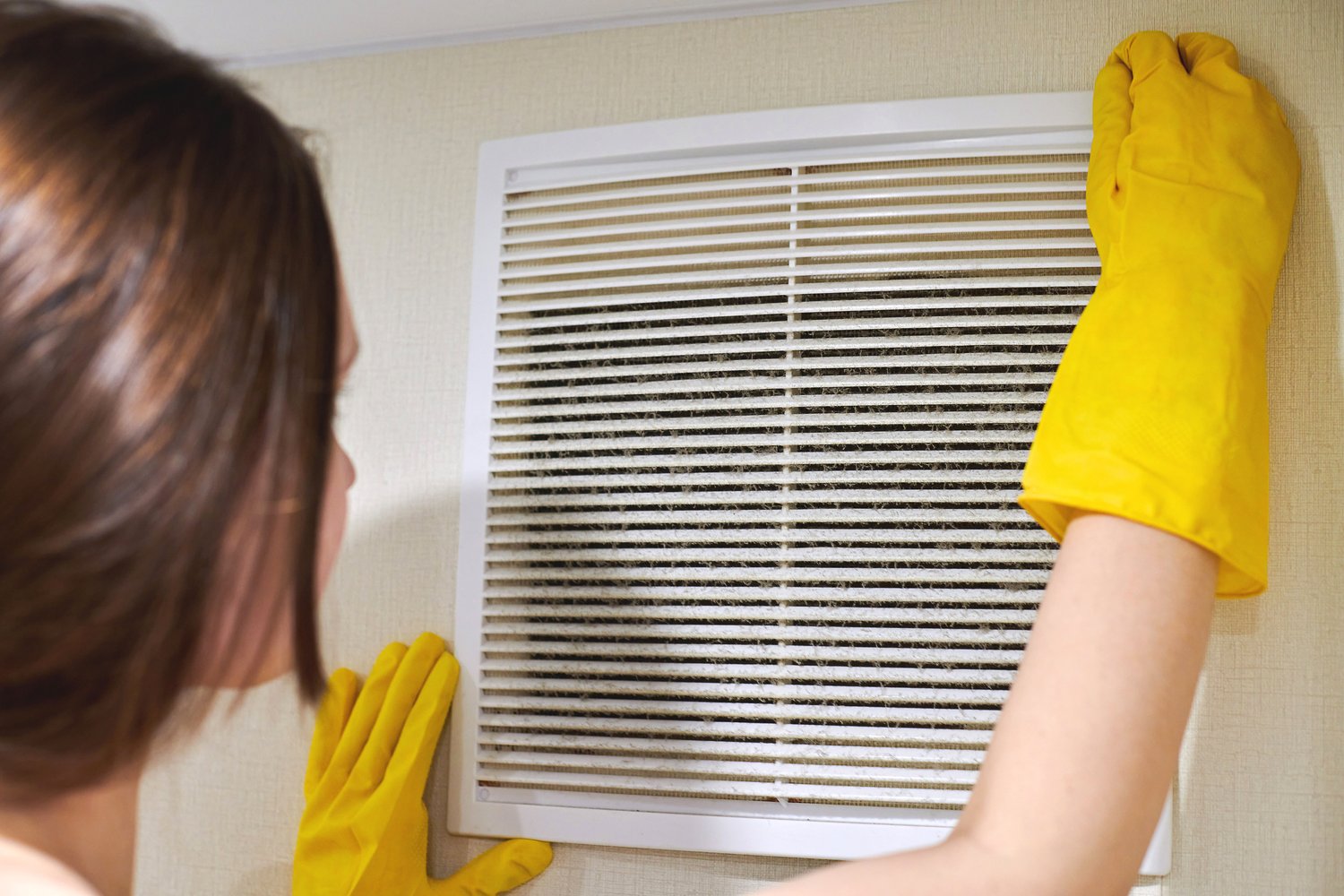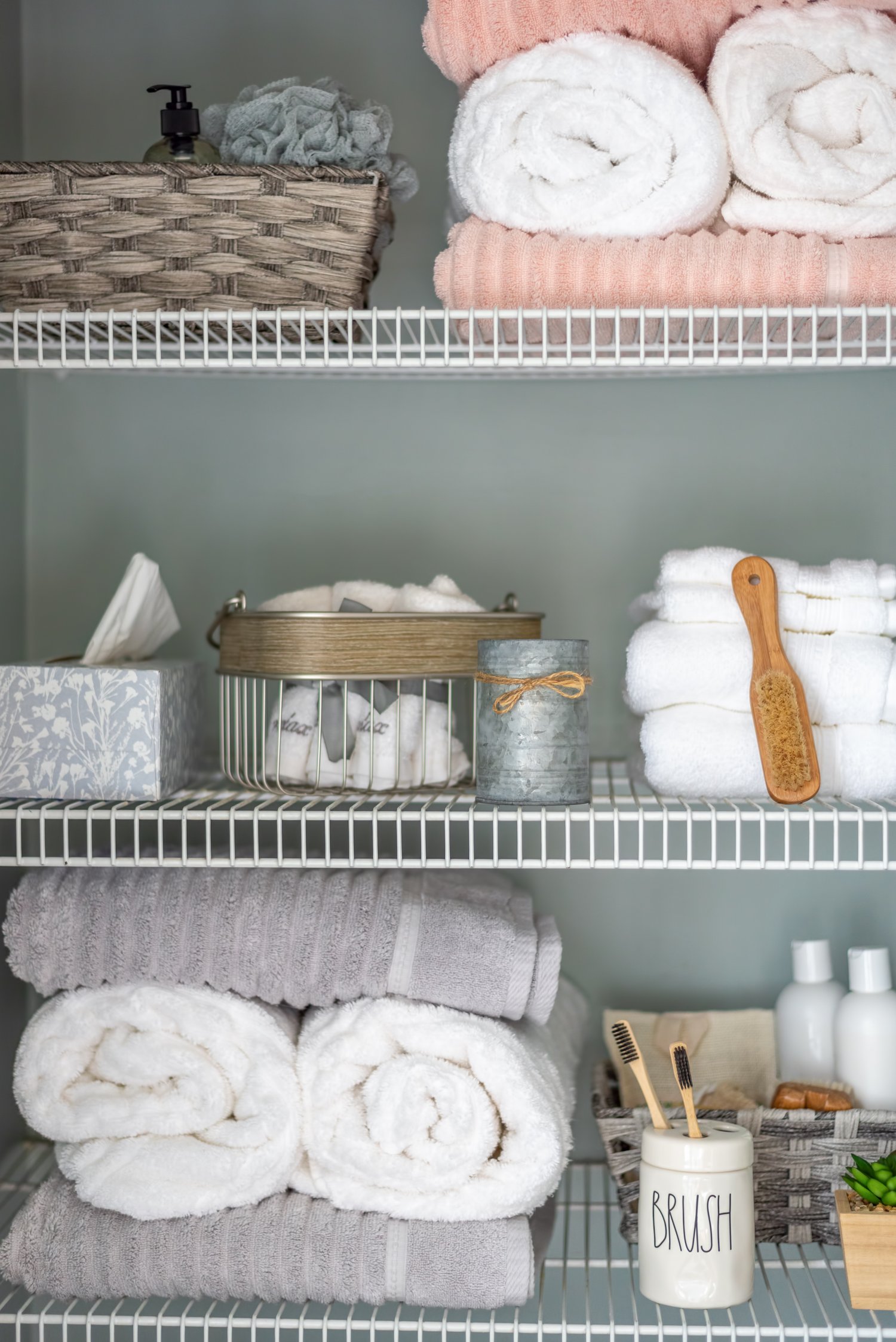Poor ventilation in your garage can lead to a multitude of problems, from the accumulation of harmful fumes to excessive moisture that damages tools and stored items. Whether you use your garage as a workshop, storage space, or simply to park your vehicle, ensuring proper air circulation is essential for maintaining a healthy environment. This article explores effective garage ventilation solutions that can significantly improve garage air quality, from simple passive methods to more advanced mechanical systems, helping you create a safer and more comfortable space.
Why Garage Ventilation Matters
Your garage is likely one of the most pollutant-prone areas in your home. When you start your car inside the garage, it releases carbon monoxide and other harmful gases that can linger in a poorly ventilated space. Additionally, if you store chemicals, paints, or fuels in your garage, these substances emit volatile organic compounds (VOCs) that contribute to poor air quality. Without adequate ventilation, these contaminants can even seep into your home’s living spaces. Beyond air pollutants, moisture is another concern that proper ventilation addresses. Humidity from wet vehicles, garden equipment, or seasonal changes can create a damp environment that promotes mold growth and rust on tools and metal surfaces. Implementing effective garage ventilation solutions is therefore not just about comfort—it’s a matter of health and property protection.
Assessing Your Garage Ventilation Needs
Before installing any ventilation system, it’s important to evaluate your specific needs. Consider the size of your garage, how you use the space, and the climate in your region. A small garage used only for parking might require simpler solutions than a large workshop where you spend hours on projects. In hot, humid climates, removing moisture might be your primary concern, while in colder regions, you’ll need a system that ventilates without causing significant heat loss. Observe your garage throughout different seasons and times of day to identify when air quality issues are most pronounced. Look for signs like lingering odors, condensation on windows, or a stuffy feeling when you enter the space. These observations will guide you toward the most appropriate garage ventilation solutions for your specific situation.
Passive Ventilation Techniques
Passive ventilation relies on natural airflow and requires no electricity, making it an economical approach to improve garage air quality. The simplest form involves strategically placed vents that allow fresh air in garage spaces without mechanical assistance. Consider installing vents on opposite walls to create cross-ventilation, with lower vents on one side and upper vents on the opposite wall to take advantage of the natural tendency of warm air to rise. Soffit vents along the eaves of your garage can also provide passive airflow while keeping out precipitation. Another passive option is to install louvered doors or windows that can be adjusted to control airflow based on weather conditions. While passive methods may not provide sufficient ventilation for garages with heavy fume production or extreme climate challenges, they serve as an excellent foundation and can be supplemented with mechanical options as needed.
Mechanical Ventilation Options
When passive methods aren’t enough, mechanical ventilation offers more powerful solutions to ensure fresh air in garage environments. A garage extractor fan is one of the most effective options, actively pulling stale air and contaminants out of the space. These fans come in various sizes and can be installed in walls, windows, or the ceiling. For maximum efficiency, position your extractor fan high on the wall opposite your air intake source. Exhaust fans specifically designed for garages typically include humidity sensors or timers, allowing automated operation when needed. Another excellent mechanical option is a through-wall ventilation unit that combines both intake and exhaust functions in a single device. For workshops where dust is a concern, consider a system that includes filtration capabilities. According to experts at AskHomey, installing a programmable ventilation system can reduce energy costs while ensuring your garage remains properly ventilated even when you’re not present.
Advanced Ventilation Systems for Larger Garages
For larger garages or those with specific air quality requirements, more sophisticated systems may be warranted. Air exchange systems, also called heat recovery ventilators (HRVs) or energy recovery ventilators (ERVs), provide balanced ventilation by simultaneously exhausting stale air and bringing in fresh air while transferring heat between the airstreams to conserve energy. These systems are particularly valuable in extreme climates where simply opening doors or windows would cause significant energy loss. Whole-garage air purification systems combine ventilation with filtration to remove particulates, VOCs, and other contaminants. Some advanced systems also include carbon monoxide detectors that automatically activate ventilation when dangerous gas levels are detected. While these solutions represent a higher initial investment, they offer comprehensive protection and improved comfort that can make a substantial difference in how you use and enjoy your garage space.
Maintenance and Optimization Tips
Once you’ve installed garage ventilation solutions, regular maintenance ensures their continued effectiveness. Clean or replace filters according to the manufacturer’s recommendations—typically every three to six months for mechanical systems. Inspect vents and fans periodically for dust buildup or obstructions that could impede airflow. Test battery-operated carbon monoxide detectors monthly and replace batteries at least once a year. During seasonal changes, adjust your ventilation strategy accordingly; you might need more active ventilation during humid summer months and less during dry winter periods. Remember that your garage door itself plays a role in ventilation—consider weatherstripping to prevent unwanted drafts while ensuring the door can be opened easily when additional ventilation is needed. These simple maintenance practices will maximize the performance of your ventilation system and continue to improve garage air quality year-round.
For more tips and to connect with reliable home service professionals, follow AskHomey on Facebook and Instagram.



